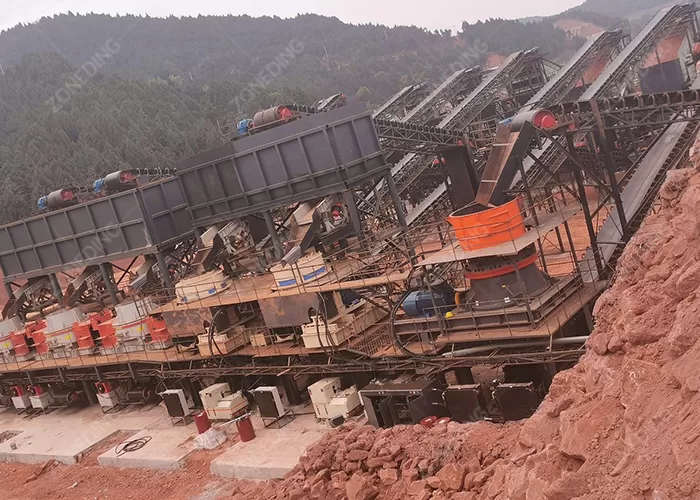全站搜索
Search the entire website
Search the entire website
Hematite (chemical composition Fe2O3) is a weakly magnetic mineral whose crystal belongs to the oxide mineral of the hexagonal crystal system, and the mineral form is mainly iron oxide. According to the composition, it can be divided into variant hematites such as ilmenite, aluminum hematite, mafic hematite, and water hematite.
Hematite is widely distributed and involves many types of minerals, so the method of beneficiation is not single. The main beneficiation methods include the gravity beneficiation method, flotation method, weak magnetic method, and roasting beneficiation method.
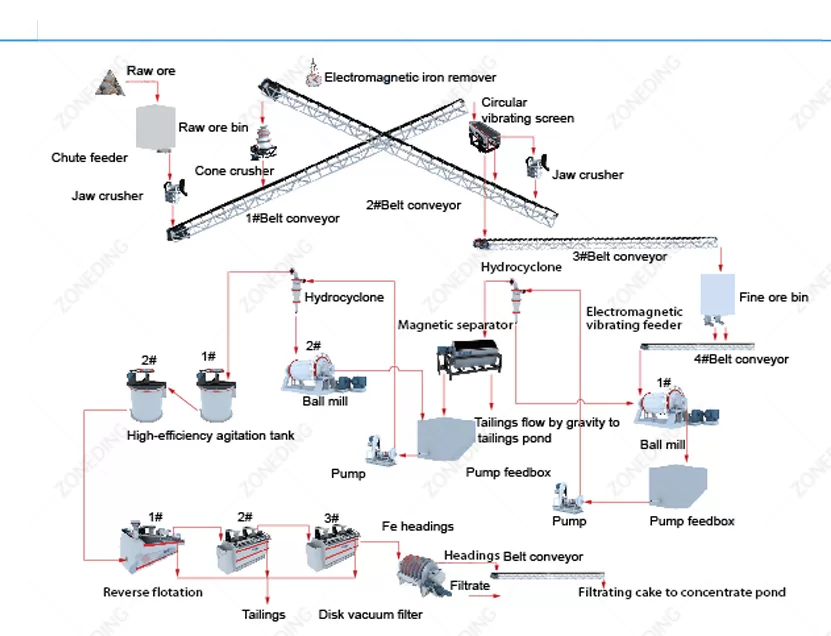
Many customers only look at iron content and main minerals. They do this when a project starts. But the real key is a deep analysis of the ore’s micro-structure. This includes how minerals are embedded. It checks how well they liberate. It also checks how impurities are present. Hematite ore often has complex parts. It also has uneven particle sizes. It has many fine mineral particles. For example, specular hematite is different from muddy hematite. Specular hematite might float better. Muddy hematite turns easily into mud. This hurts later separation steps.
We suggest using modern mineral analysis tools. These include QEMSCAN or MLA. Do not just rely on normal chemical analysis. These tools give detailed data. They show mineral size, shape, and how minerals are connected. They also show how well minerals break apart. This is a “decision fingerprint.” It helps decide the best grinding size. It helps choose flotation reagents. It also helps decide if you need pre-concentration. If you skip this step, later process improvements and cost control will be blind.
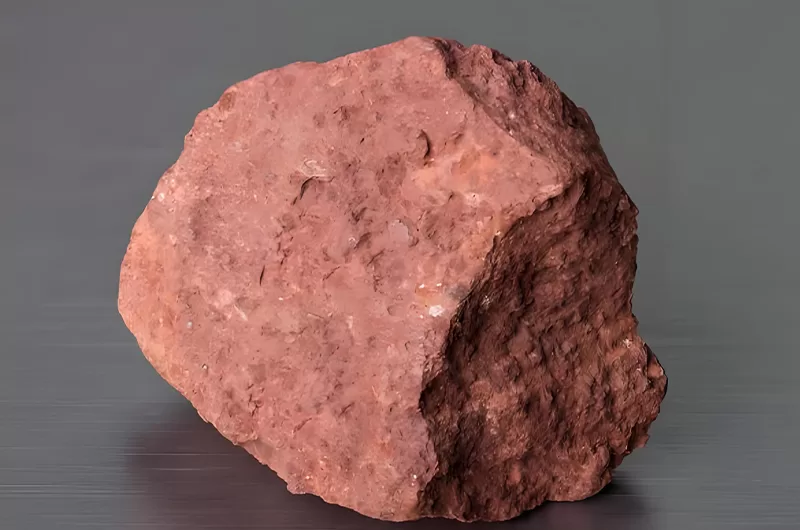
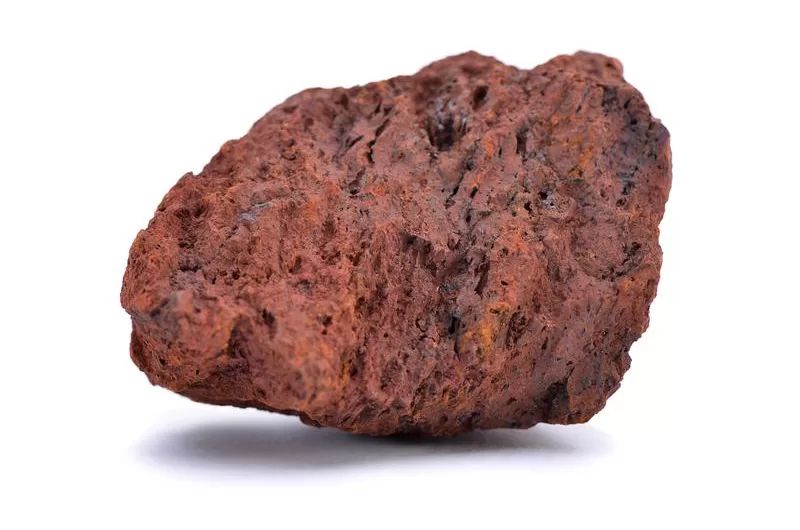
| Aspect | Why It Matters | How It Helps You |
|---|---|---|
| Micro-structure | Reveals mineral intergrowth and liberation patterns | Guides grinding fineness and separation methods |
| Impurity Presence | Identifies how waste minerals are embedded | Helps in selecting effective removal strategies |
| Particle Size Distribution | Affects grinding energy and separation efficiency | Determines optimal grinding stages and equipment |
| Accurate analysis guides optimal process design and saves costs. |
Drawing from ZONEDING’s many years of profound mineral processing experience, we deeply understand that in the initial stages of iron ore beneficiation, especially for hematite, the subtleties of design and implementation determine the efficiency and cost of subsequent processes.
Therefore, in the primary grinding and classification stage, we firmly advocate and apply a closed-circuit circulation system, often composed of Ball Mills or Rod Mills, combined with hydrocyclones. This classic configuration, proven in ZONEDING’s practice, is the cornerstone for ensuring classification efficiency and precise control of product particle size. It not only optimizes the grinding process but, more crucially, through fine classification, it allows for the early capture and separation of some qualified concentrates that meet the grade requirements at this stage, removing them from the circulation prematurely and preventing over-grinding.
However, lies in the strategic grasp of details: we emphasize introducing high-gradient magnetic separators at this early stage to pre-discard a portion of low-grade tailings. It significantly reduces the amount of middlings that need to be re-ground in subsequent processes, thereby notably lowering grinding energy consumption and costs, while maximizing the reduction of valuable metal losses and effectively preventing over-grinding of already liberated minerals. This strategy of optimizing from the source and pre-discarding waste rock is precisely ZONEDING’s key to achieving high efficiency, low cost, and high recovery rates in complex hematite beneficiation.
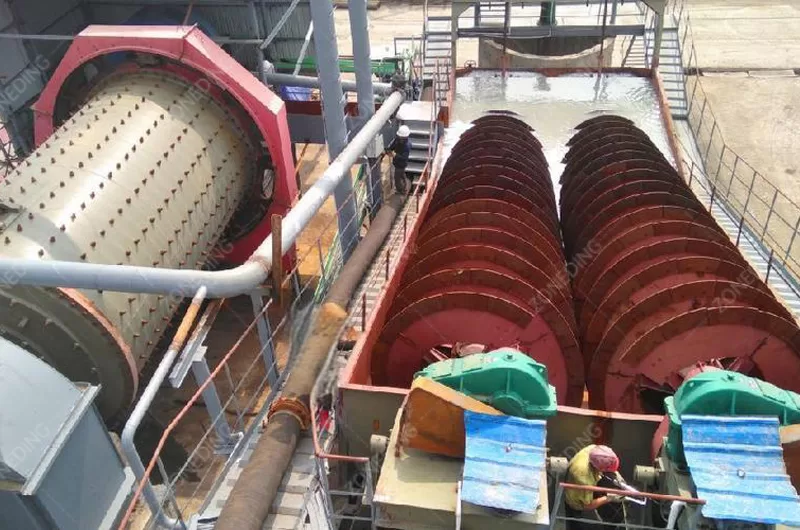
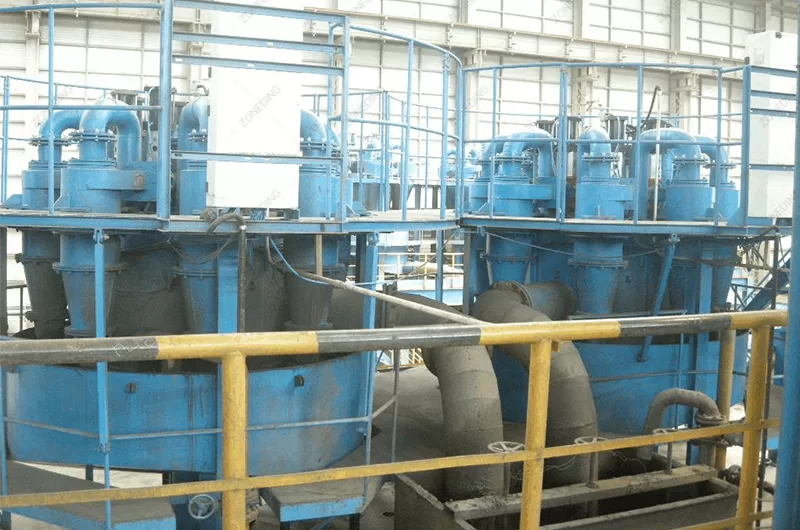
Hematite is a weak magnetic mineral. Standard low-intensity magnetic separators do not work well for it. The real breakthrough comes from using high gradient strong magnetic separators. These machines can capture very fine, weakly magnetic hematite particles. They effectively remove waste rock. This improves the concentrate grade.
For fine-grained hematite, high gradient magnetic separators are very effective. These include vertical ring pulsating high gradient magnetic separators. They capture even the smallest, weakest magnetic hematite. This greatly improves concentrate purity. But just having the machine is not enough. You also need to control pulp concentration, flow rate, and magnetic field strength. Regular maintenance, like cleaning the magnetic media, also directly affects efficiency. Wet high gradient magnetic separation usually works better than dry. However, you must consider the cost of dewatering later. Choosing the right type of magnetic separator and how many to use in series can greatly improve concentrate grade and recovery. It also ensures long-term stable operation.
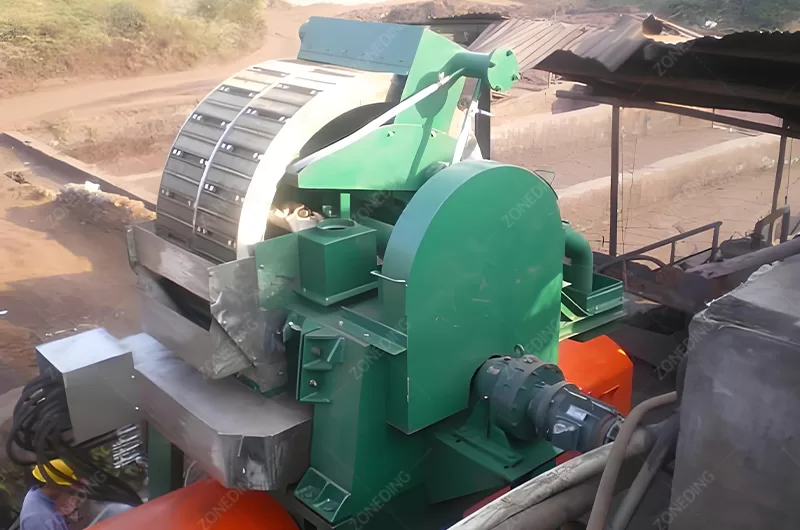
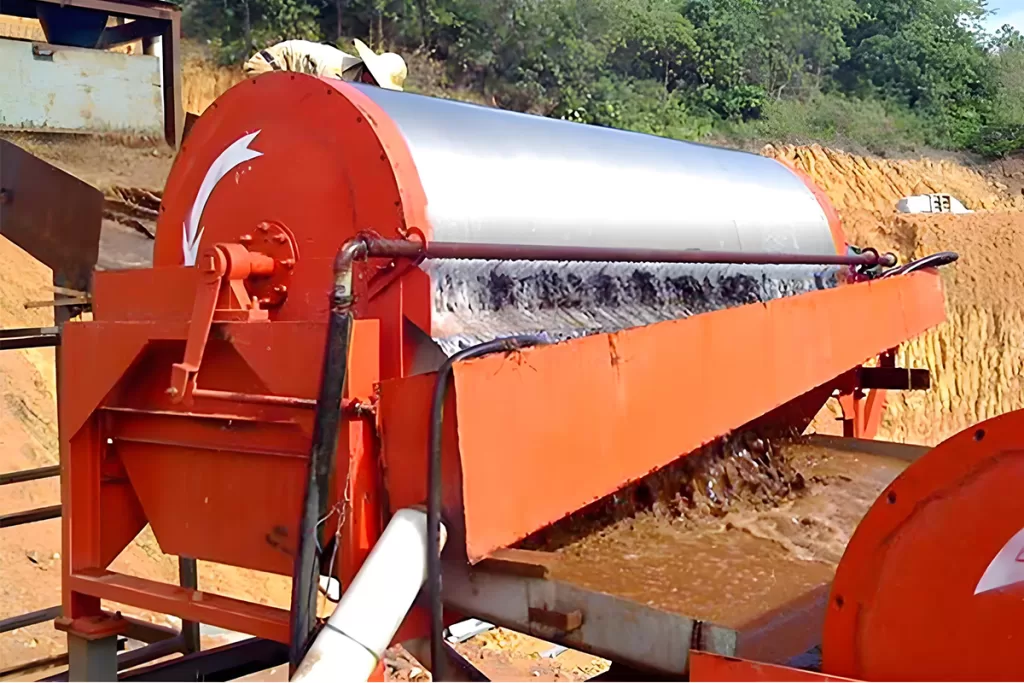
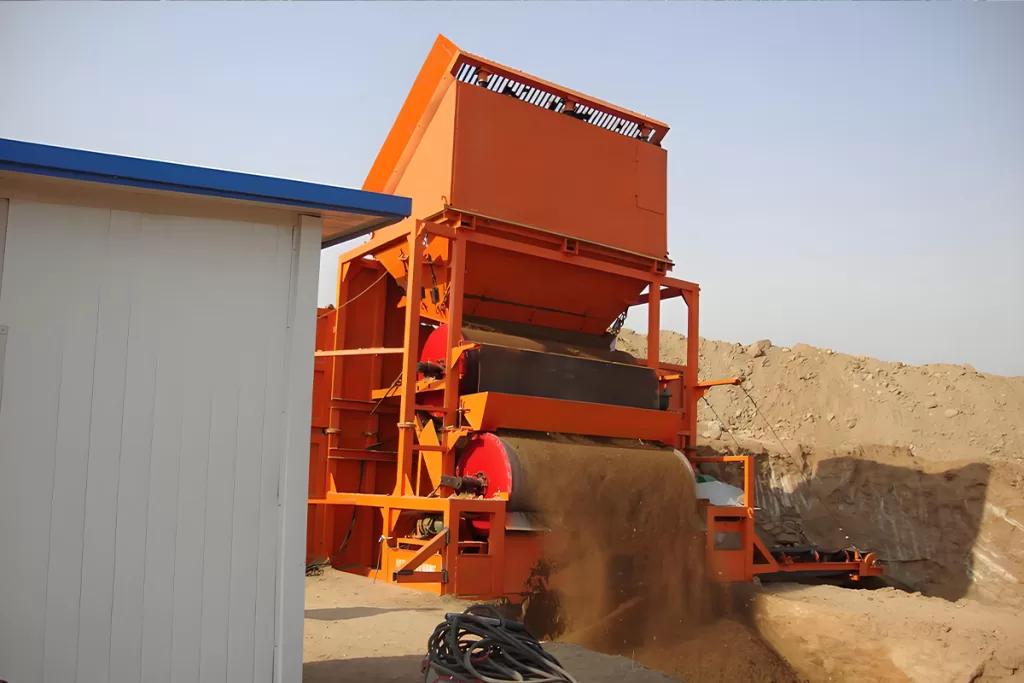
| Type of Separator | Principle | Benefit for Hematite |
|---|---|---|
| High Gradient Magnetic Separator | Captures weakly magnetic particles with strong fields | Effectively removes fine hematite, boosts grade |
| Wet Magnetic Separator | Uses water medium for separation | Better for fine particles, but needs dewatering |
| Dry Magnetic Separator | Uses air for separation | No water needed, but less effective for very fine particles |
Hematite flotation often uses reverse flotation. This means you suppress hematite. You float silicate waste rock. Or, you use direct flotation. This means you float hematite directly. The biggest problem is that there is no “one-size-fits-all” reagent or process. The choice and ratio of reagents (collectors, modifiers, depressants) must be highly customized. This depends on ore properties, pulp pH, water quality, and even temperature.
My view is that water quality’s effect on flotation is often underestimated. Ions, suspended solids, and even microbes in recycled water can interfere with reagents. They cause flotation results to vary. So, building a good water management system is not just about environmental rules. It is a hidden guarantee for stable flotation efficiency and product quality. Investing enough money in comprehensive mineral processing tests at the start is the best strategy. This includes small-scale and pilot tests. These tests should simulate actual water conditions. This helps you avoid huge costs from constant adjustments during production.
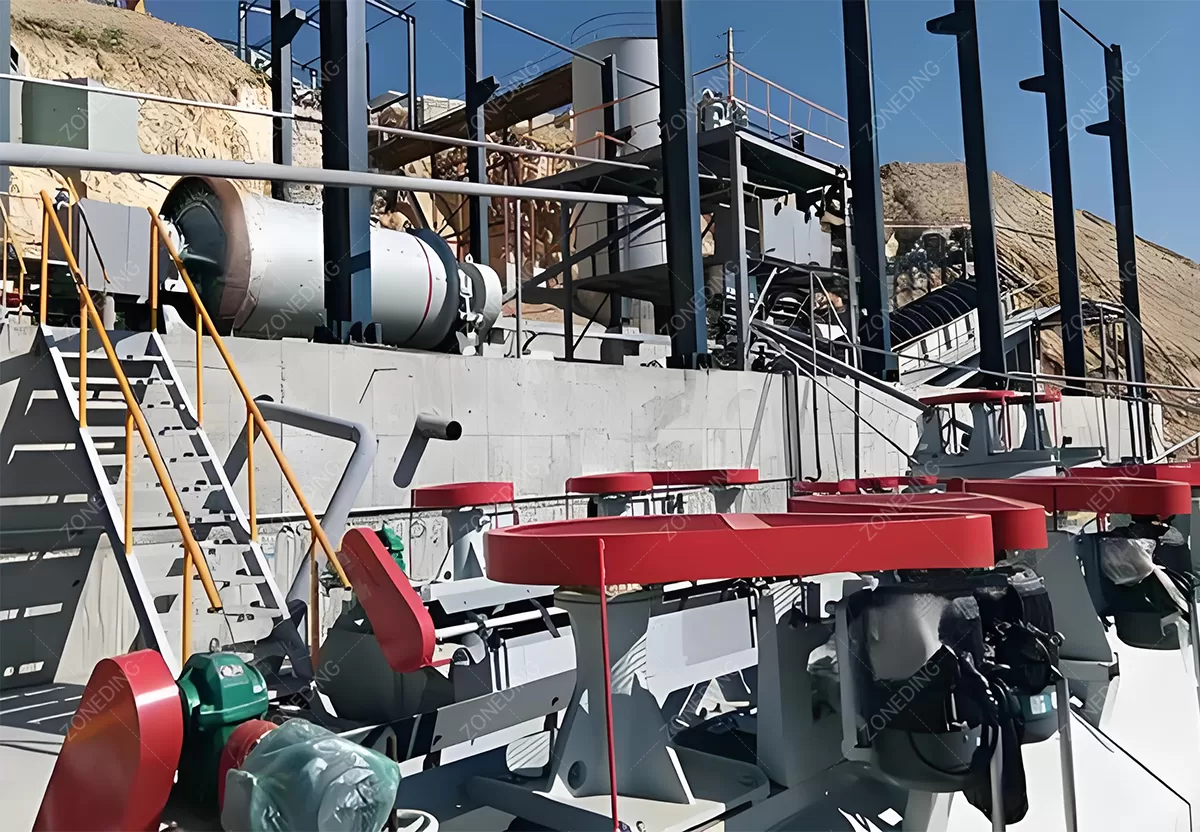
Good hematite ore is getting scarce. More low-grade hematite ore is being developed. My view is that you should not put these low-grade ores directly into crushing, grinding, and flotation. Using pre-concentration at the start is a “golden rule.” It greatly lowers total operating costs.
Pre-concentration methods include dense media separation (DMS), jigging, coarse strong magnetic separation, or even optical sorting. This depends on clear differences in ore properties. In the coarse or medium crushing stage, pre-concentration removes most of the waste rock. This greatly reduces the load on subsequent grinding. Grinding uses the most energy in a beneficiation plant. It also lowers the amount of material entering flotation or magnetic separation. This means less reagent and water use. It also improves the efficiency of later stages. It also helps with the final concentrate grade. Initial equipment investment might be slightly higher. But over the project’s life cycle, it brings huge economic and environmental benefits.
Some hematite ores are very “stubborn.” They are hard to separate with normal methods. This includes fine-grained or highly impure ores. For these, thermal beneficiation, like magnetizing roasting or reduction roasting, can be a game-changer. These are “black technologies.”
1. Magnetizing Roasting:
| Technology | Purpose | Advantages | Considerations |
|---|---|---|---|
| Magnetizing Roasting | Converts weak magnetic hematite to strong magnetic magnetite | Higher recovery, simpler magnetic separation | High energy use, gas emissions to manage |
| Reduction Roasting | Complete conversion for difficult ores | Very effective for complex ores, higher recovery | High energy use, complex process control |
Building a hematite beneficiation plant needs the right “hardcore” equipment. Every machine is important. It goes from breaking big rocks to making the final product dry. The way you choose and arrange this equipment is key. It ensures maximum efficiency. It also keeps breakdowns low.
1. Crushing Section:
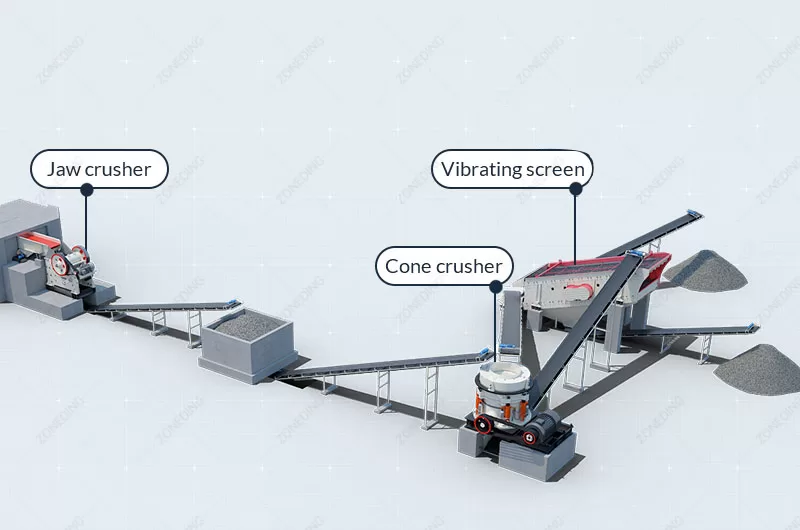
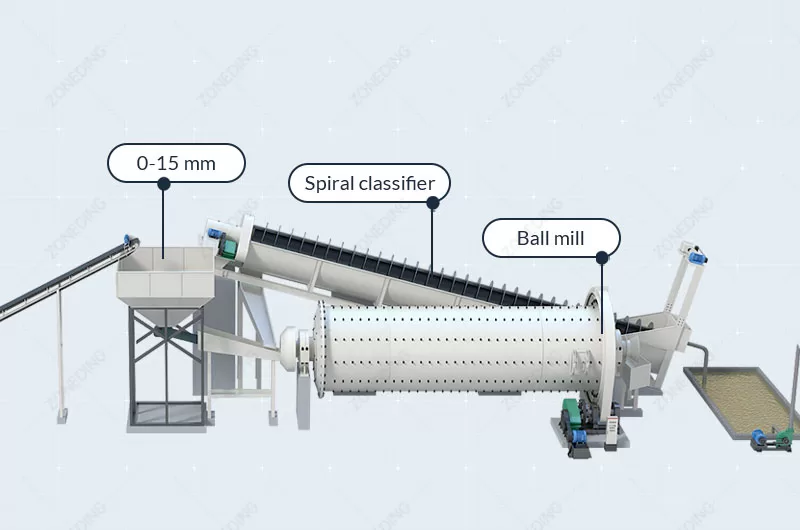
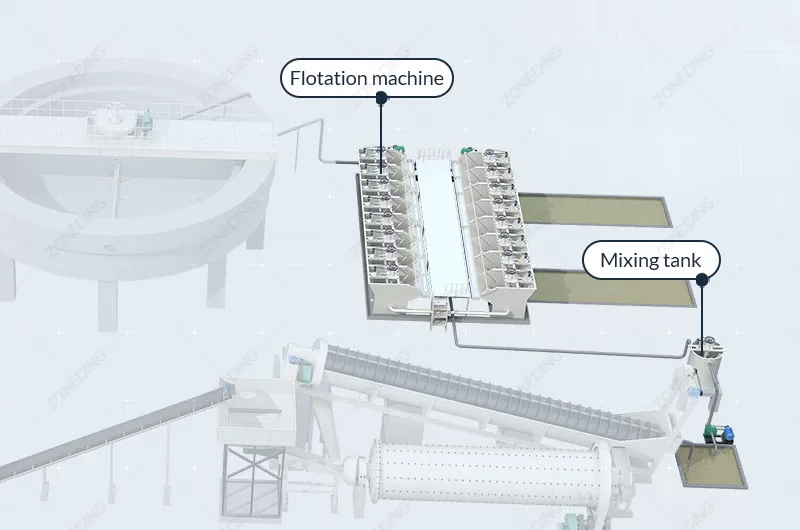
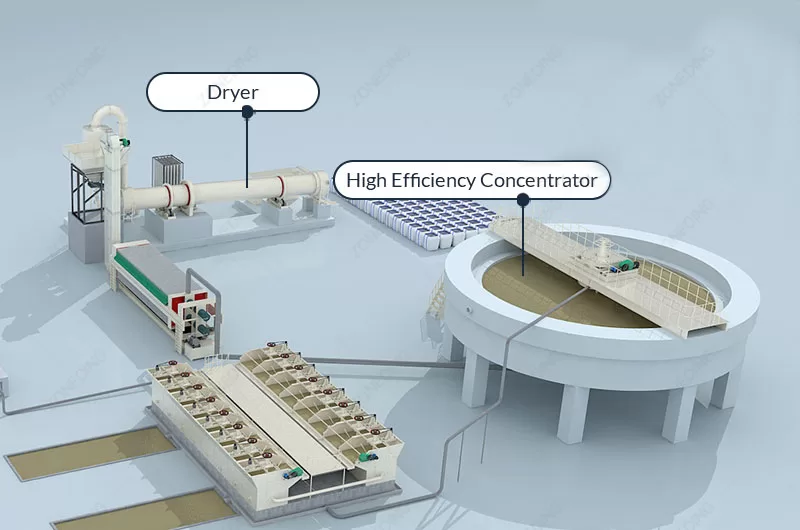
| Section | Key Equipment | Role in Process |
|---|---|---|
| Crushing | Jaw Crusher, Cone Crusher | Initial size reduction of ore |
| Grinding | Ball Mill, Rod Mill | Liberation of hematite minerals |
| Separation | Magnetic Separator, Flotation Machine | Recovery of iron minerals from waste |
| Dewatering | High-Efficiency Concentrator, Drum Dryer | Removing water from the final concentrate |
Modern hematite beneficiation plants use smart production and automation. These tools help achieve stable efficiency. They also boost production. They also reduce human errors. This is a “smart upgrade.”
1. Real-time Monitoring and Data Analysis:
| Benefit | How It Is Achieved | Impact on Production |
|---|---|---|
| Stable Efficiency | Real-time data, AI adjustments | Consistent product quality, reduced variability |
| Higher Production | Optimized processes, reduced downtime | Increased throughput, maximized output |
| Cost Savings | Optimized resource use, predictive maintenance | Lower energy, reagent, and repair costs |
Evaluating a hematite beneficiation project needs more than just looking at the initial investment. You must consider the full picture of investment returns and operating costs. Many details determine your “real money.”
1. Initial Investment (CAPEX):
| Factor | Impact on Your Project | How to Optimize |
|---|---|---|
| Ore Characteristics | Dictates process complexity, equipment, and costs | In-depth mineral analysis at project start |
| Grinding Efficiency | Major energy cost factor | Pre-concentration, multi-stage grinding |
| Reagent and Water Use | Significant operating costs | Customized flotation, closed-loop water systems |
| Tailings Management | Environmental compliance and long-term costs | Dry stacking, tailings utilization |
| Automation Level | Affects labor, stability, and overall efficiency | Smart control systems, predictive maintenance |
You now know that hematite beneficiation is complex. It needs special solutions for each ore type. So, choosing the right supplier is very important. You need a partner who truly understands your specific hematite ore. They must offer full-process solutions. This partnership is vital for your project’s success.
Here is what to look for when choosing a professional supplier:
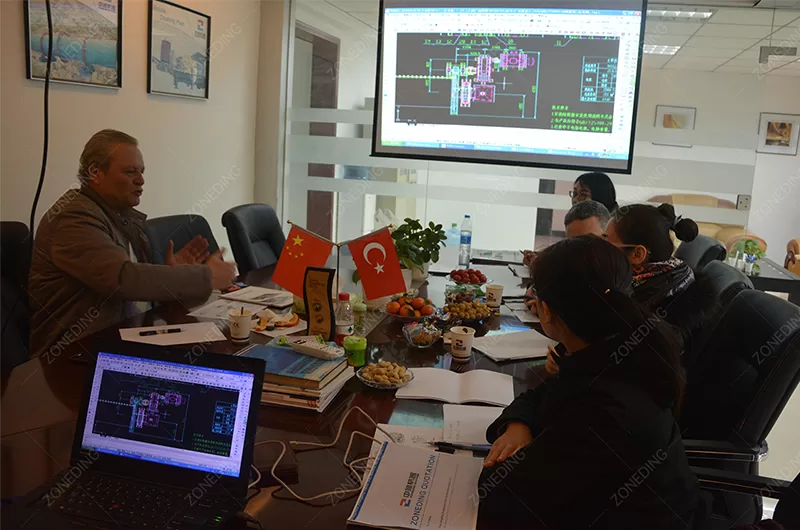
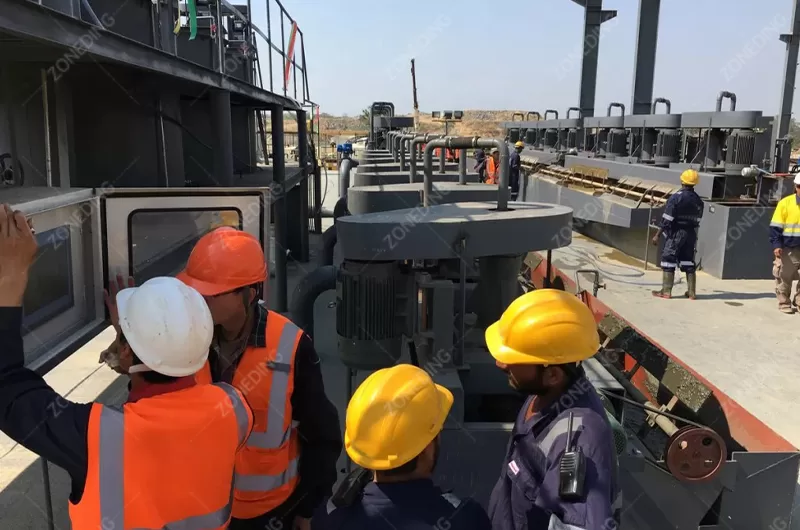
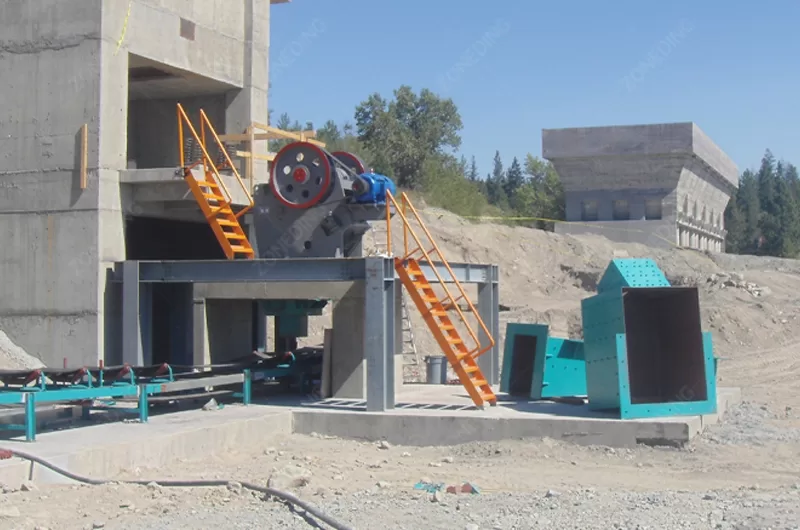
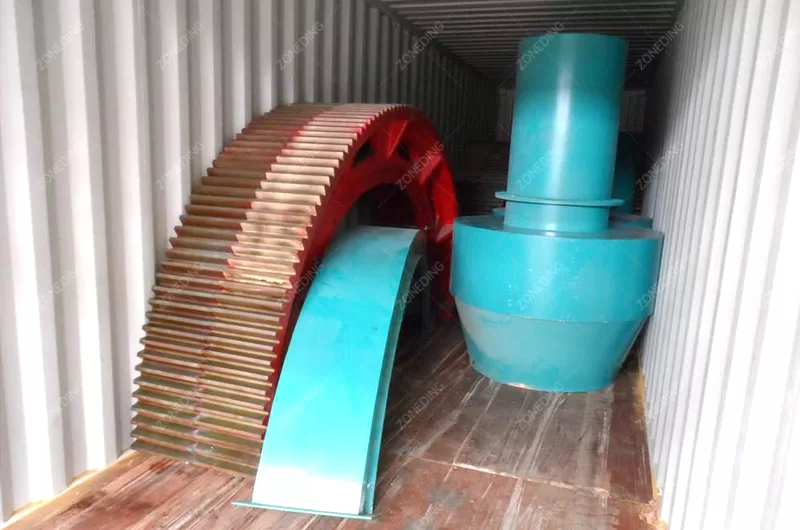
Q 1: What is the main challenge when processing hematite ore?
A: The main challenge is that hematite is a weakly magnetic mineral. It often has fine particles. This makes it hard to separate from waste rock. You need special methods like strong magnetic separation.
Q 2: Why is pre-concentration important for low-grade hematite?
A:Pre-concentration removes most of the waste rock early. This greatly reduces the amount of material going to grinding. It saves a lot of energy and reagent costs. It also makes the overall process more efficient.
Q 3: How does water quality affect hematite flotation?
A: Water quality is very important. Ions and suspended solids in water can interfere with flotation reagents. This can cause the flotation results to vary. Good water management ensures stable flotation.
Q 4: What are the benefits of magnetizing roasting for hematite?
A: Magnetizing roasting converts weak magnetic hematite into strong magnetic magnetite. This allows for easier and more efficient magnetic separation. It can lead to higher recovery and concentrate grades.
